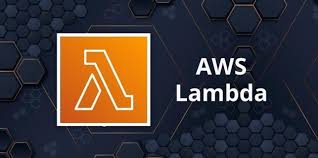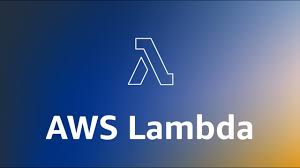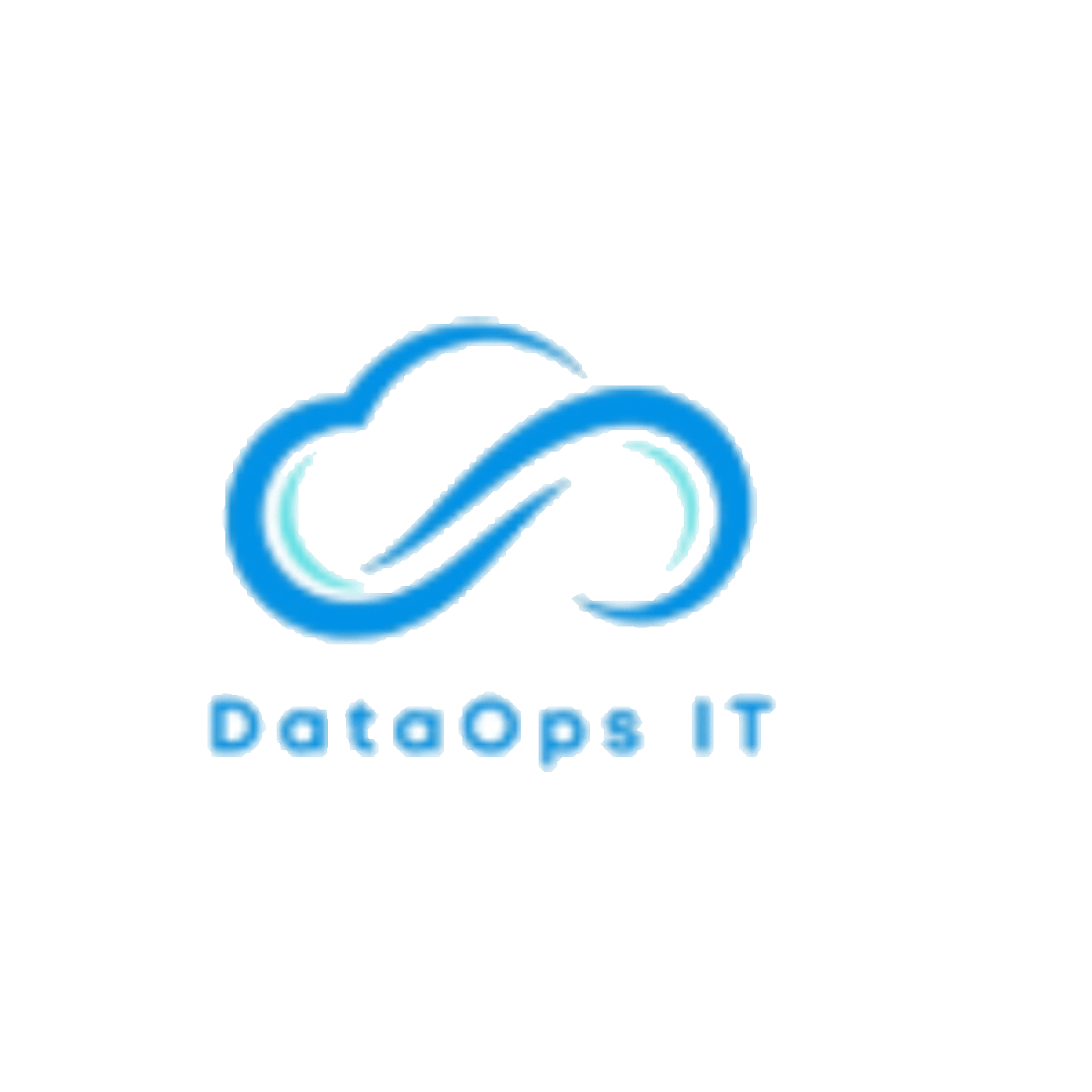AWS Lambda vs GCF – DevOps IT Insights

If you’re in tech today—whether you’re a developer, product owner, or DevOps engineer—you’ve likely heard of serverless computing. And if you’ve ever wondered how teams are building and deploying code faster than ever before, the answer often points to AWS Lambda and Google Cloud Functions.
These tools are reshaping how DevOps works by simplifying infrastructure, cutting down deployment time, and making applications more agile. But what’s really going on under the hood? And how are these two platforms influencing the day-to-day lives of modern DevOps teams?
Let’s explore it in a straightforward, human way—no complex jargon, no intimidating cloud speak.
The Rise of Serverless in DevOps
Before we dive into Lambda and Cloud Functions, let’s talk about why “serverless” has become such a big deal.
Traditionally, if you wanted to run an app or a service, you had to manage servers—physical or virtual machines. You had to provision them, scale them, patch them, monitor them, and eventually retire them. It was a lot of overhead, especially for small teams or fast-moving startups.
Serverless changed that game.
With services like AWS Lambda and Google Cloud Functions, you don’t manage servers at all. You write your code, upload it, and the platform runs it only when needed. You’re billed for the exact time your function runs—no more, no less.
For DevOps, that means less maintenance, more automation, and faster deployment cycles.
What Is AWS Lambda?
Launched by Amazon in 2014, AWS Lambda lets you run code without provisioning or managing servers. You just write your function, choose when and how it gets triggered (via events like HTTP requests, database changes, or file uploads), and AWS takes care of the rest.
In the world of DevOps, Lambda plays a huge role in automating tasks like image processing, log analysis, real-time alerts, CI/CD pipelines, and scaling microservices without worrying about the underlying infrastructure.
Lambda is deeply integrated with the broader AWS ecosystem, which makes it ideal if you’re already using services like S3, DynamoDB, CloudWatch, or API Gateway.
What Are Google Cloud Functions?
Google Cloud Functions is Google’s answer to AWS Lambda. It works similarly—you write small pieces of code (functions) that are triggered by events. It’s lightweight, fast to deploy, and integrates easily with Google Cloud services like Firebase, Cloud Pub/Sub, Cloud Storage, and Firestore.
Where it shines is in simplicity and developer experience. Google has kept the interface clean and beginner-friendly. For DevOps teams working in hybrid or container-based environments, Cloud Functions offer a flexible way to plug in automations or responses to real-time events.
In 2025, Cloud Functions has matured significantly, with better support for longer execution times, secure networking, and integration with Google’s AI and analytics stack.

How These Tools Are Transforming DevOps?
Serverless isn’t just a deployment style—it’s a mindset shift for DevOps. Let’s look at some of the real ways AWS Lambda and Google Cloud Functions are changing how teams operate.
First and foremost, they reduce operational overhead. There’s no more spinning up EC2 instances or Kubernetes pods for tasks that only run a few times a day. You simply write your function and let the platform manage the compute. This frees up DevOps engineers to focus on more strategic tasks like automation, security, and observability.
Second, these functions allow for faster iteration and deployment. Want to release a new feature? Just push a new function. Need to automate log processing or backup tasks? Write a quick function and schedule it. This speed and flexibility are invaluable in environments where deployments need to be frequent and low-risk.
Third, they’re cost-efficient—especially for startups and small businesses. With pay-as-you-go pricing, you only pay when your code runs. That’s ideal for tasks that are sporadic, like user sign-ups, report generation, or webhook handling.
Real-World DevOps Use Cases
Imagine you want to automatically resize images uploaded to your website. With Lambda or Cloud Functions, you can set up a trigger for whenever an image is uploaded to a storage bucket. The function runs instantly, resizes the image, and stores it—without needing to run a dedicated image-processing server 24/7.
Or maybe you want to monitor system logs for unusual activity. A serverless function can scan new log entries as they’re written, send alerts, or even take automated actions like blocking suspicious IPs.
These platforms are also powering event-driven pipelines, dynamic configuration updates, on-the-fly data validation, and custom monitoring tasks—all without deploying traditional infrastructure.
In short, serverless is enabling DevOps to be more reactive, scalable, and intelligent.
Challenges Still Remain
Of course, serverless isn’t perfect. Cold starts—when a function takes a moment to “warm up” before executing—can still be an issue, especially for latency-sensitive applications. While both AWS and Google have made improvements, it’s something DevOps teams need to monitor.
Also, debugging serverless functions can be a bit more complex than traditional applications. Since the code runs in short-lived containers, you don’t always get full visibility into logs and environments unless you’ve set up proper observability tools.
There’s also the risk of “function sprawl”—ending up with dozens or hundreds of small functions that are hard to track and manage. As adoption grows, so does the need for clear naming conventions, documentation, and version control.
AWS Lambda vs. Google Cloud Functions: Which One Fits Better?
This really comes down to your ecosystem.
If your stack is built on AWS—or you need deep integrations with services like S3, DynamoDB, or Kinesis—Lambda is the natural fit. It’s powerful, flexible, and built to scale globally.
If you’re more aligned with Google Cloud, especially for web apps, data science, or Firebase-powered mobile apps, Cloud Functions are simple to use and highly effective.
Both platforms have matured significantly by 2025, and their capabilities are largely on par. The decision often hinges on familiarity, existing architecture, and preferred development environments.
Final Thoughts: The Future of DevOps Is Serverless
Serverless computing is no longer just a trendy option—it’s becoming the default for many DevOps teams. With tools like AWS Lambda and Google Cloud Functions, teams are moving faster, reducing costs, and building smarter, event-driven systems.
As infrastructure continues to fade into the background, the focus shifts to what really matters: code, automation, and delivering value to users.
So if your DevOps workflows still rely heavily on managing servers, now might be the perfect time to rethink, retool, and embrace the flexibility of serverless.
Because in this new world, the best operations are often the ones you don’t even have to think about.

